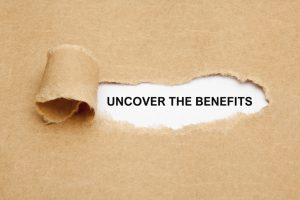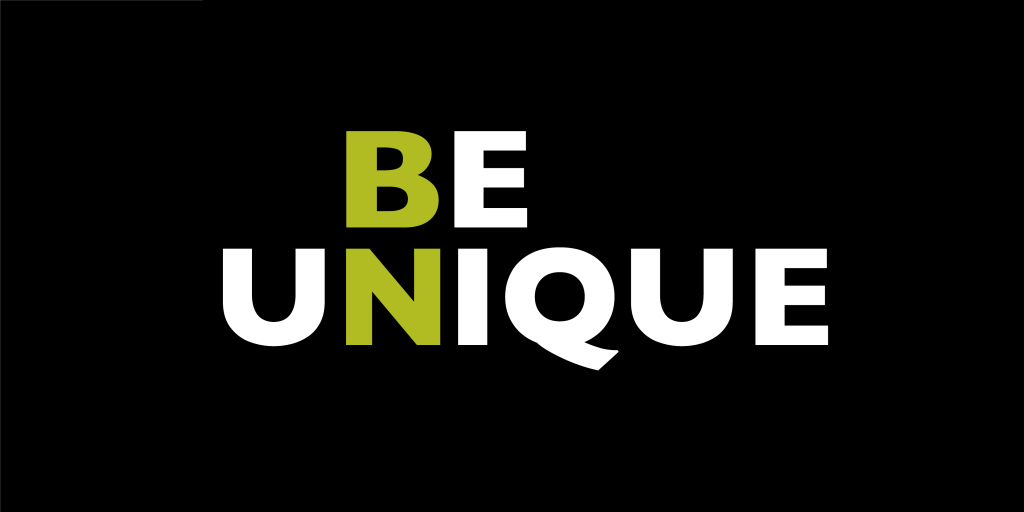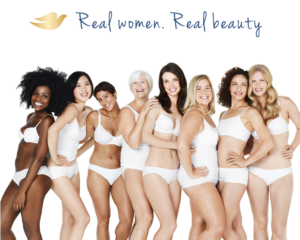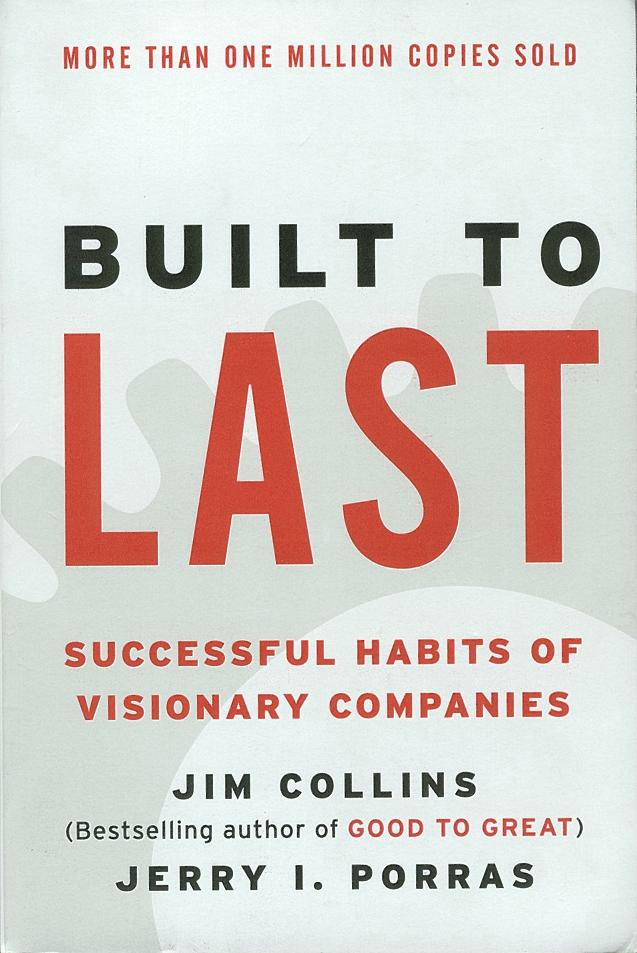![]() If you’ve been in business for more than five minutes you’ve probably heard marketing advice about benefit-focused marketing messages. Usually it goes like this: “You gotta quit talking about features and start talking about benefits.”
If you’ve been in business for more than five minutes you’ve probably heard marketing advice about benefit-focused marketing messages. Usually it goes like this: “You gotta quit talking about features and start talking about benefits.”
So what’s the difference?
Features are simply the attributes of a product or service — the obvious bullet points on the “Product” slide of your marketing deck. Just the facts.
Features-based marketing is inwardly focused. It’s all about me, me, me. “Here’s what we offer. Look at all the cool things we’ve added to this product.”
Engineers and programmers love marketing that’s features-based because it makes their work seem important to the bosses.
When you start talking about benefits in your marketing you’re taking an outward facing approach based on real customers. It’s a better POV based on the consumer and the advantages a person gains from your product or service.
It’s not about you, or anyone inside your company. It’s about them. The end users.

Talking about benefits answers the pressing question, “what’s in it for me?” But that answer can vary dramatically depending on the audience you choose to serve. So you have to dig deeper to find the most relevant, most compelling benefit for your unique audience.
Fundamentally, value is created by benefits, not by features. All products have features, but not all have compelling benefits. And without real benefits, you can’t build a business.
Features-focused marketing is considered the lowest form of messaging. It’s problematic for several reasons…
Chances are, the features of your product or service are remarkably similar to the features that all your competitors are touting. So talking about features does nothing to differentiate your brand. (Differentiation is one of the cornerstones of brand building.)
When you talk features you’re inviting head-to-head comparisons. So price becomes an issue. Often it’s a race to the bottom… Whoever adds the most features at the lowest price wins. For a little while.
Many features that you think are important may not be relevant to your target audience. No one on the outside cares about the subtle difference, so the talk about features falls on deaf ears. It’s like answering questions that no one’s asking.
Feature-speak often turns into industry clichés. For instance, if you’re in the natural foods business “clean, fresh ingredients” are a given.
If you’re running an automotive repair shop “outstanding customer service” is a required element. (If you didn’t have that, you wouldn’t stay in business long enough to worry about your next marketing campaign.)
Features alone seldom evoke emotions or differentiate your brand from any others. Straight information is never as powerful as stories and concepts.

Benefit-focused marketing messages are more meaningful, but harder to find.
If you dig a little bit you’ll find a gold mine of ideas for benefit-focused marketing messages. Talking about benefits works a lot better than just talking about features. But not all benefits are created equal.
Below the surface there are three basic kinds of benefits you can choose from; Functional benefits, Emotional benefits, and Societal benefits.
The trick is to determine which type of benefit is the most relevant and engaging to your particular target audience. Also, the benefits you choose to promote should align with your brand positioning.
That’s the crux of marketing strategy… matching the main benefit with the consumer’s most pressing need. It’s what’s often referred to as a product-market match. When you get that right, you have a winning value proposition.
Pinpointing your main benefit is the easiest way to differentiate your company from all your competitors. So take your time, do your research, and figure out which of these three types of benefits will work the best:
Talking about Functional Benefits
Functional benefits align closely with differentiating product features. For some companies, that’s all they have to hang their hats on.
If you’re the only company in your food category that offers an organic option, then that can work as a main benefit. Own it. Play up the organic-ness. But beware… it’s not a sustainable differentiator. Any of your competitors could get organic certification.
Some common functional benefits include: “simplifies life” “makes you healthier” “helps you stay connected” and “saves you money.” Plenty of these appeals can be effective, but they’re not terribly exciting or unique.
Functional benefits are one step beyond just talking features.
Talking About Emotional Benefits
Emotional benefits are not about factual product info, they’re about human feelings that come from positive outcomes… How people feel after experiencing your brand or enjoying your solution.
Ideally, you should own the emotional space in the consumer’s heart in addition to the rational space in the consumer’s mind.
Joseph LeDoux, a Neuroscience professor at NYU, has spent a lifetime studying emotions and what he calls the superhighway to consumer’s unconscious.
“Our emotions influence our thinking much more than our thinking influences our emotions.”

Touch the heart, and the mind will follow.
Emotional benefits display a deeper understanding of the consumer, are longer lasting, and provide stronger differentiation than functional benefits.
Emotional benefits also help companies command higher prices. Look at Lululemon: their flattering athleisure apparel makes customers feel hip and fit. Lululemon yoga pants sell for $98 while similar pants at Target are $39.
Apple’s iPhone has less than 18% market share, and yet the company takes more than 80% of all mobile phone revenues. Strong emotional connections equate to bigger profits.
Talking About Societal Benefits
Societal benefits go deeper yet and leverage cultural reality to trigger emotional connections. These benefits are based on the “WHY” of your company… the brand purpose and promise.
In 2005 Dove soap decided to do something about the perception of beauty in our society and the “big lie” that was driving the beauty industry. Their real beauty campaign is still running today.

By taking a stand and attaching the Dove brand to a societal cause, they dispelled the conventions of the beauty industry and became a much-ballyhooed cultural innovator.
The brand saw a 2.3% gain in market share and a 24% increase in sales after they initially launched the award-winning campaign.
In the outdoor gear market one brand is clearly leading in terms of societal benefits. Patagonia is now fully owned by a consortium of non profit organizations. The social benefit of buying Patagonia gear is clear: You’re aligning yourself with the cause of environmentalism. Choosing sustainability. Saving the earth while being trendy and hip.
Chipotle was built around a cultural shift toward healthier ingredients and “pre-industrialized” foods. It tapped a growing ethos and built a tribe of like-minded people that have enabled the brand to prosper, despite a tremendous downturn due to food safety problems.
Some companies get so wrapped up in producing tremendous societal benefits, they miss the basic requirement of business or product performance.
For instance, there’s at least one beverage company that was built entirely around the idea of sustainability, but the flavor profile is simply not good enough to solicit repeat sales. In that situation the feature of good flavor HAS to come before the benefit of sustainability.
So here’s my advice… The next time you’re thinking of something to say in a marketing campaign or pitch of any kind, take the time to think beyond product features.
Step back a minute a look at the big picture. Bigger than just your product. Bigger than your category. Bigger than your industry. Bigger than anything you’ve ever thought of before.
Look at what’s going on emotionally and culturally, and ask yourself this: How can you help? Where does your brand fit in?
If your brand can honestly fill a broad cultural need you’ll be well on your way to iconic status.
If you need help sorting out the most important benefits of your product or service, give us a call. 541-815-0075. The first meeting is always free.


